Earlier today we heard some of the words that participants in the KnitBritish Breed Swatch KAL have found for describing wool from different sheep breeds. This evening we continue that theme in an article by seasoned swatcher and yarn critic, Clara Parkes. Author of many treasured tomes and the wondrous Knitter’s Review newsletter, Clara is an expert in the art of the yarn review. We asked if she would write about finding words for WOOL when she is swatching and reviewing different yarns and she sent us this lovely piece.
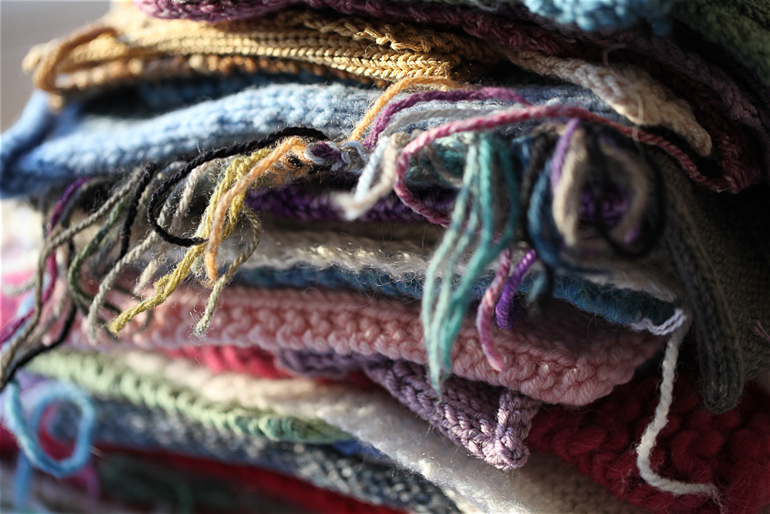
Knitting with wool gives us a rare opportunity to travel the world, to see and smell and feel its very essence within our fingers. A few quiet moments with a new skein, a new breed, an unexpected twist, can show us not just how fibers work but how vast and beautiful the world really is.
Having reviewed yarns for 15 years, my virtual passport is now chock full of stamps from woolly visits to faraway places—with more and more destinations patiently waiting in line for their turn on the needles.
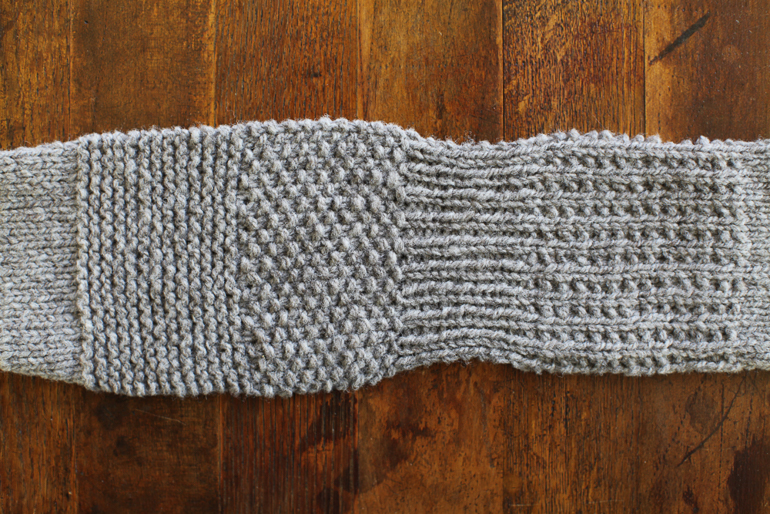
Sheep have always been expert travelers, with an exceptional gift for adapting to every climate in which we’ve placed them. Altitude, temperature, humidity, diet, sunshine, even the mineral contents of the water they drink, all can reflect an even greater terroir in flesh and fleece than they ever could in grapes and wine.
All too often, these subtle and exquisite variances get lost beneath the black-and-white cloak of “soft” versus “scratchy.” While I’m all for a succulent, tender Cormo once in a while, I don’t believe we can thrive on a diet of only that—for much the same reasons we shouldn’t exist solely on candy and croissants. When we step up to the buffet and give other breeds a try, a universe of tastes, textures, and sensory experiences awaits us.
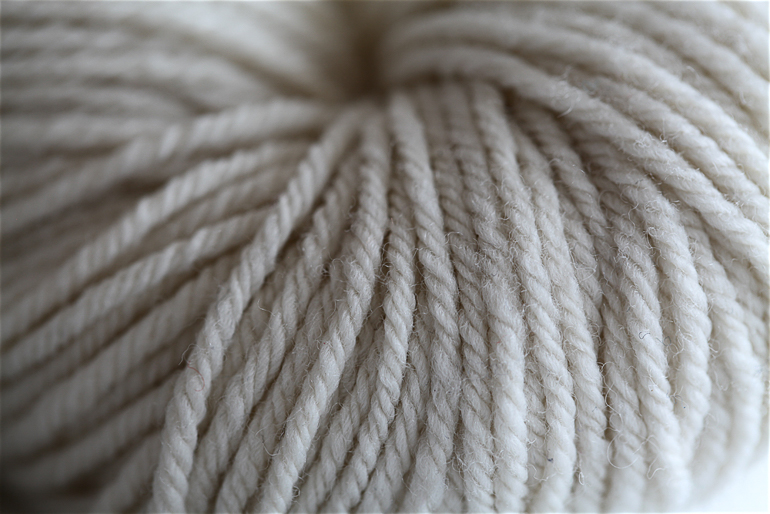
Our yarn review begins with a single skein, acquired with the sole intention of bettering our skills and broadening our horizons. What you knit with it? That’s up to you. I prefer the humble swatch, an aimless rectangle that offers the ultimate empty page for our experiential doodle. Depending on the size of the skein, you might even have a fabulous scarf when you’re done.
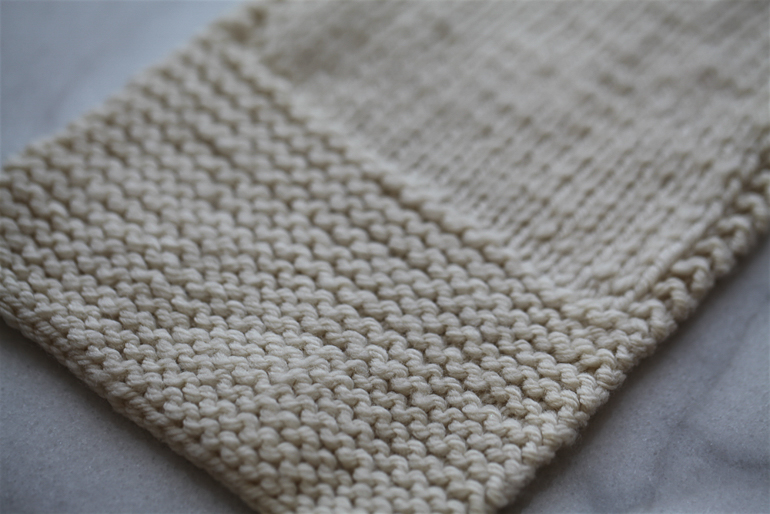
Our fingers will immediately start to pick up on the nuances as they wrap and twist and tug. Perhaps an unexpected springiness or buoyancy, a brisk crispness, a languid fluidity, a need to be squeezed, a desire to flow freely.
Some wools are like exuberant puppies, while others remain stoic, confident in their ability to deliver whatever you ask. Occasionally, we may even stumble upon a wool that has been so badly mistreated it has nothing left to give. Spend time with a skein and you’ll soon discern its personality.
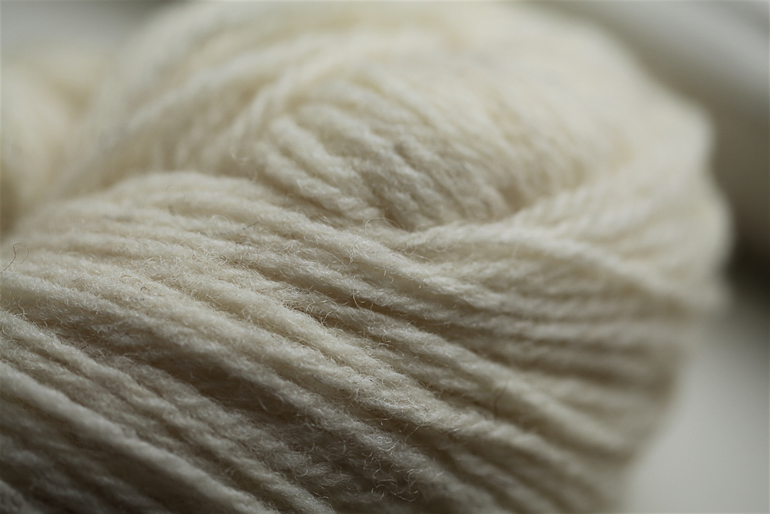
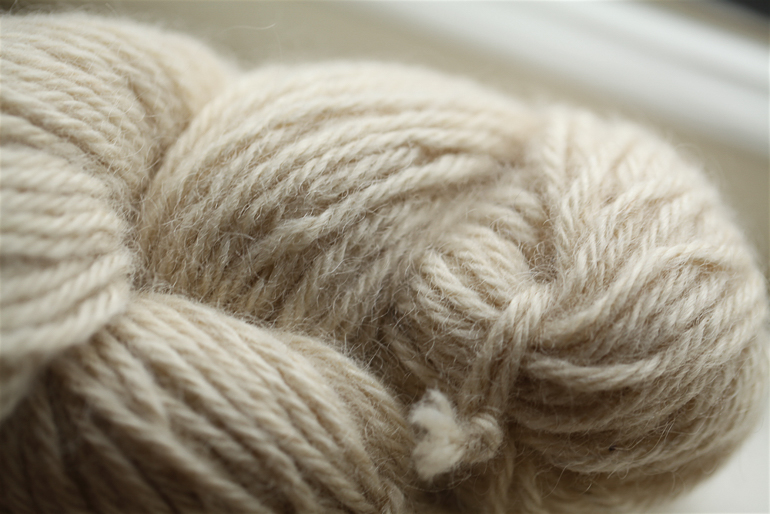
While our hands and eyes take on the bulk of the knitting experience, our ears play a vital role too. Listen closely and you’ll start to hear notes. Don’t believe me? Just ask any string player. The best of bows are made from the hair of a horse’s tail, with fine white fibers often reserved for the higher-noted violins, the thicker, “grabbier” dark fibers preferred by low-noted bass players.
So, too, do the fibers of wool perform differently when drawn across the needle. The tone of wool changes from breed to breed, with each fiber diameter, crimp pattern, and microscopic scale structure impacting the note it plays. Switch needles, from a slow-moving bamboo to a slick aluminum, and the note changes yet again. Close your eyes and listen closely. You’ll hear it.
Next comes the moment we drop our finished swatch in a warm sudsy bath. The fibers may giggle or sigh or gasp with surprise. Some dive right into the deep end, others dip just a toe, taking their time getting in. Can you feel the fibers relax and bloom? Is there movement within the fabric itself? Or do your stitches emerge exactly as they went in, sopping wet and hoping for a towel? And what, pray tell, do they leave behind? Are they tidy bathers, or do they transmit a hint of milky tea into the water?
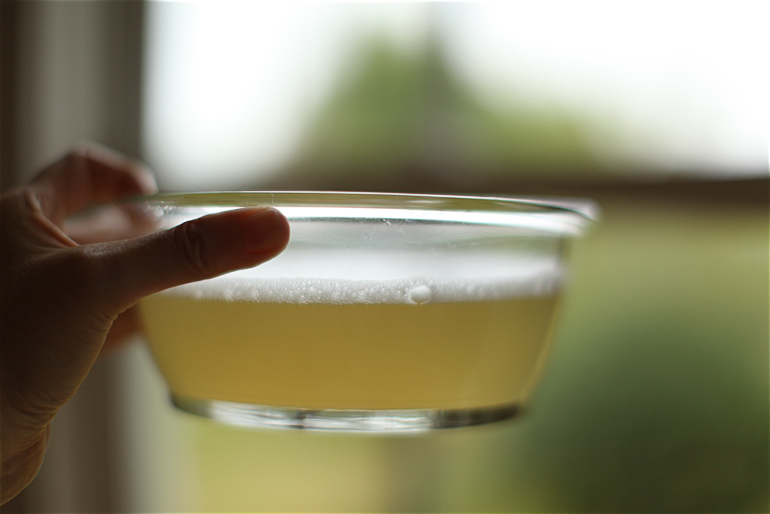
Wool saves its biggest miracle for last, as our swatch goes from waterlogged to dry, from languid to perky. We’ve washed away the last vestiges of the mill, we’ve given the wool fibers the necessary ingredients for relaxation and cohesion (namely warmth and moisture). As the fibers dry, their underlying crimp pattern is once again allowed to express itself. Some swatches won’t change at all, others will show a dramatic shift, revealing not just the fibers’ character but also how they were prepared for spinning, whether a tousled jumble or combed smooth and slick.
In the end, this little knitted square has taken you on a magic carpet ride through stitch and twist, people and place. You may have even touched traces of our collective past, from early Vikings to Wild West cowboys and Tasmanian sheep farmers. It’s all there, waiting for you to explore.
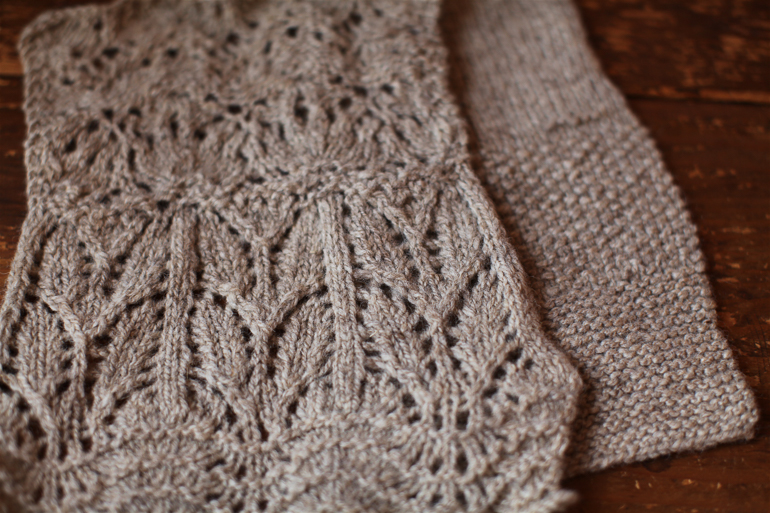
Thanks so much to Clara Parkes for this inspiring and thoughtful insight into reviewing yarn. All words and pictures © Clara Parkes and used with kind permission. The yarn featured in the images is Clara Yarn Cormo, Shetland, and CVM. The Teeswater is from Darrell and Freda Pilkington, and the Ryeland is from Garthenor.